I met interior designer Alison Damonte through my pal Molly Thomas at WRNS Studio. Or I met her through her husband photographer Bruce Damonte. Or I met her at some design event where I heard her laughing. Or.… Alison is one of those forces of nature that design junkies are drawn to. She always has a good story to tell, whether it’s her own detective work that led to the capture of the person who burgled her house or going to Morocco and finding a treasure trove of 1970s European modern furniture. We caught up with her recently and asked a few questions.
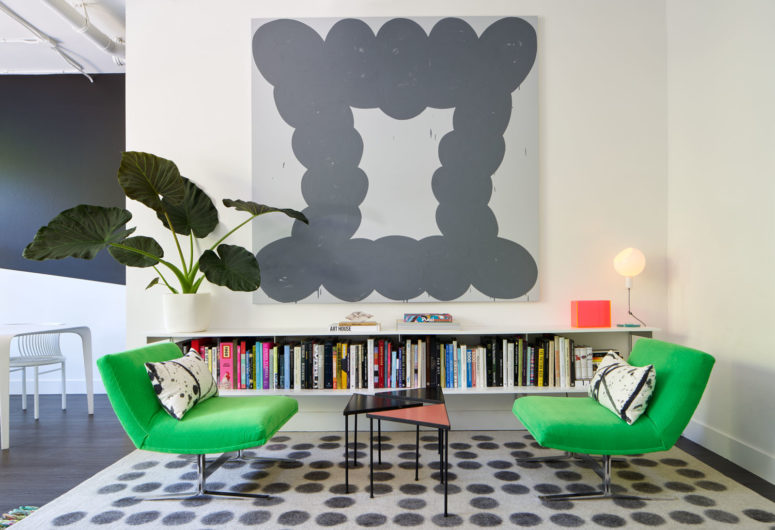
ADD Office. Photo credit: Bruce Damonte
Where did you grow up?
Sioux City, Iowa.
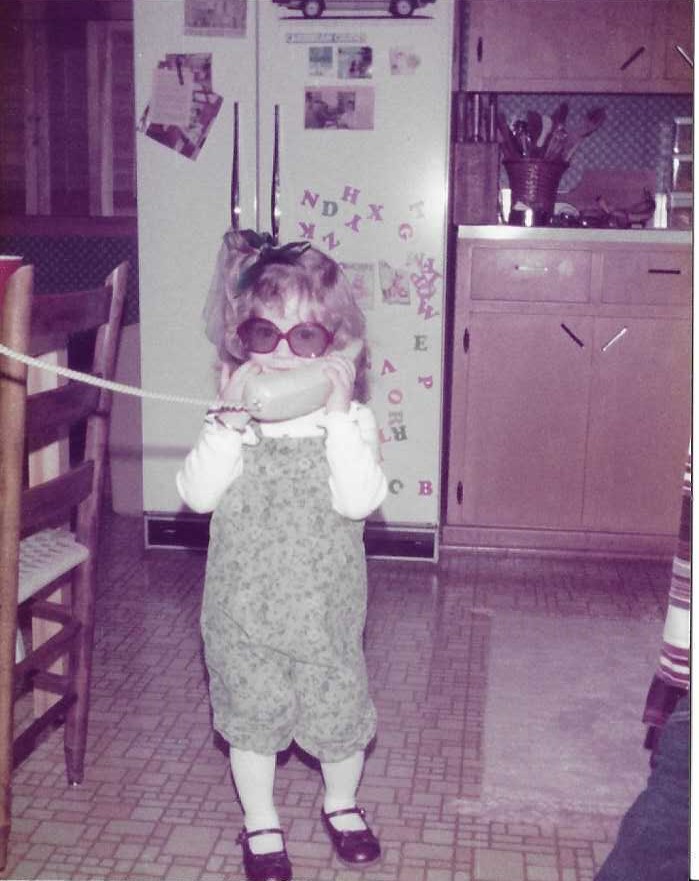
How did you end up in San Francisco?
After I graduated from Washington University in St. Louis (with a degree in Political Science!), I didn’t know where I wanted to go or what I wanted to do, though I was considering applying to graduate architecture programs. I had a friend, Raffi, who declared, probably after a few too many drinks, that I would be a great roommate and that I should move with him to San Francisco. I initially pushed the idea aside and spent the summer after graduation looking for some career and life clarity in a program at the Harvard Graduate School of Design that was intended to help people like me gain some portfolio work and understanding about practicing architecture. The program was rigorous and interesting, but it really just made me more uncertain about what exactly I wanted to do.
When the program ended, I had no answers and was faced with the prospect of moving back to Iowa, so I decided San Francisco would be my next stop. In the same way that I’d never visited St. Louis prior to arriving at Wash U, I’d never been to San Francisco—or anywhere west of Colorado, for that matter—and bought a one-way ticket here.
Raffi and I lived at my aunt’s house in Sausalito for a month while we walked around San Francisco looking for “For Rent” signs. I really can’t believe that’s how we found a place—it seems so far-fetched now!
Once I got to San Francisco, I landed a job as an administrative assistant at Chong Partners Architecture, for what I thought would be a year-long stint while I figured out what I actually wanted to do with my life. The partnership at Chong Partners drastically changed about eight months after I started, and so I took a job at WRNS Studio, where most of my team ended up. At WRNS I worked in marketing for four years and left on a whim when I met the interior designer Martha Angus at a design showcase. I was so inspired by her black-and-white striped room and her genuine, bubbly persona that I decided right then that I needed to pursue my dream of being a designer. I started working for her two weeks after we met.
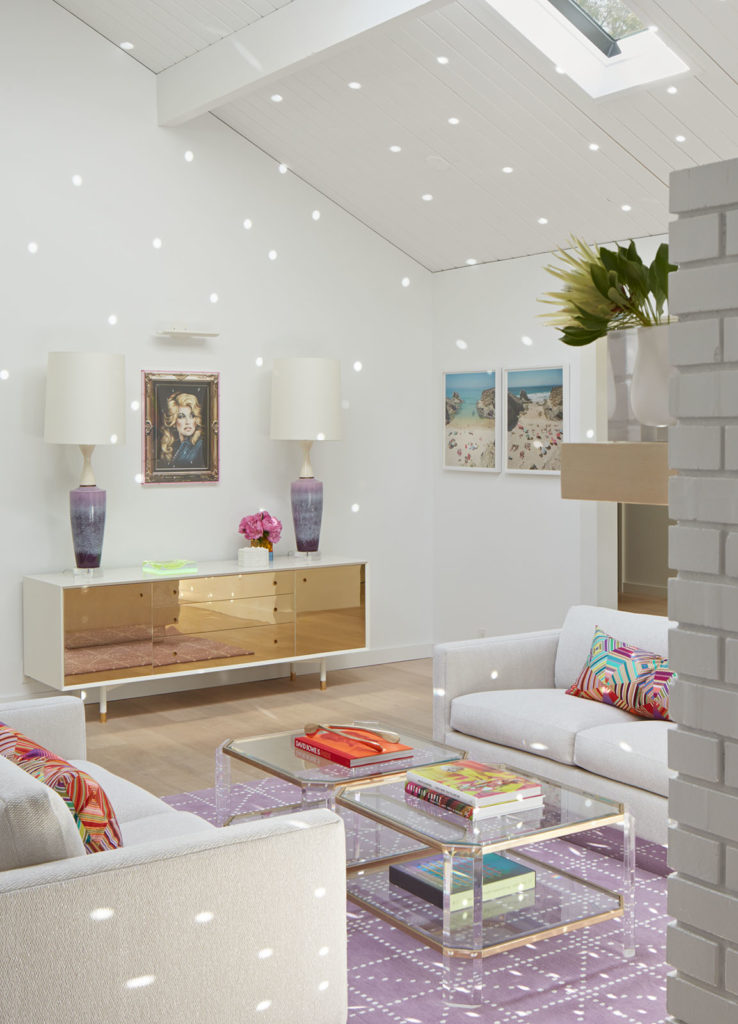
14 Eichler. Photo credit: Bruce Damonte
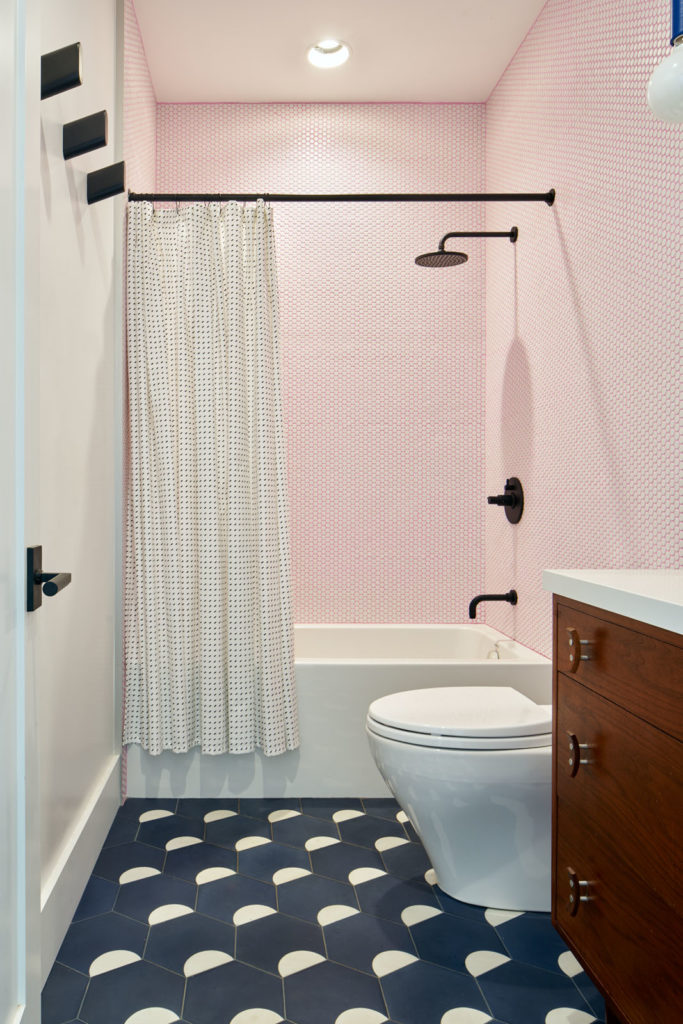
Koh Residence. Photo credit: Bruce Damonte
When did you know you wanted to be an interior designer?
Probably when I was seven years old. My dad worked at a furniture store in an old brick building that had four floors all connected by grand granite staircases. On the top floor, there were three small offices with giant sash windows and balconets that had been set up as bedrooms. To a kid living in a very modest house in an even more modest Midwestern city, the store seemed so fancy, like a castle, and I really enjoyed spending time there. I can vividly remember hiding under the carpet displays, testing out mattress firmnesses, and leafing through the fabric and wallpaper books to pick out my favorite patterns—always the brightest and boldest! The smell of those Laura Ashley wallpaper books is one I’ll never forget.
My mom is very creative and was, and still is, constantly working on the house, which in the late 1980s was basically an homage to Mary Gilliatt. I mean that as the highest compliment. We had the most stylish house, not because it was the biggest and most expensive, but because my mom decorated it. There were colorful vintage paisley shawls layered over linen tablecloths to disguise ugly tables; smoked glass ginger jar lamps with pleated paper shades; forest green lacquered cabinets in the kitchen; ferns in baskets filling otherwise empty corners; and a sponge-painted hallway in muted beige and cream that would still look good today. Anywhere the original 1910s wood floor wasn’t there was white carpet—and it somehow wasn’t impractical.
Because of my parents, I grew up being very aware of the aesthetics of space, but because we lived in a small town, I wasn’t exposed to the sort of visual culture that influences many designers. We rarely traveled or went to exhibits at major museums, but I had a very active imagination and was curious and creative.
I put these powers to use in how I designed my environment. When I was eleven, we moved to a house two doors down from our first house, and my new bedroom was really magical. It had leaded glass windows, a small sitting area, and a tiny, secret room. I decorated and redecorated and painted and planned and refinished furniture for that room from the moment I moved in until the moment I moved out. In fact, it still remains exactly the same as I left it when I went to college: soft lemon-lime walls hung with big bright geometric paintings by me.
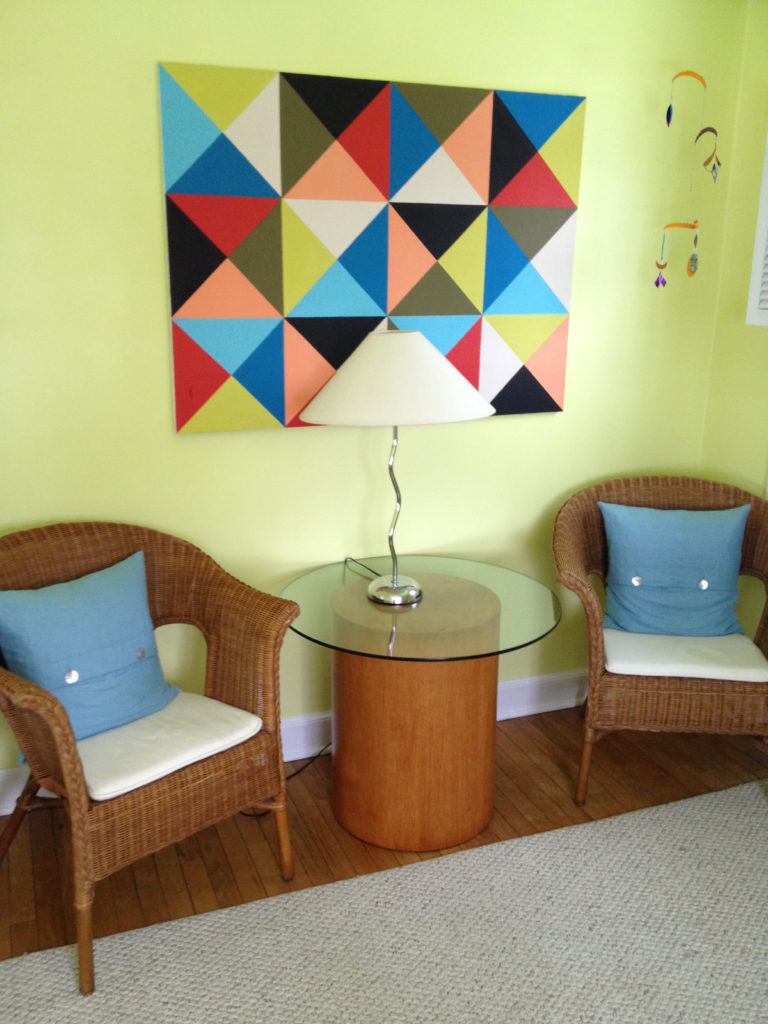
Who were your early inspirations?
My mom’s influence was critical to me becoming aware of how design can positively impact everyday life, so she is undoubtedly my very earliest inspiration.
Music was a big part of my life growing up. I played piano daily from the age of six until I was 18. My high school band instructor, Larry Kisor, is definitely an early inspiration, not because he was interested in design, but because he pushed me to see a bigger world that I couldn’t otherwise fathom in Sioux City. In addition to running top-notch concert and marching band programs (yes, I was in the marching band and had to wear a horrible red, white, and blue military-inspired uniform, but it did include a sequined sash, which made it palatable), Mr. Kisor led the jazz program, which under his direction won the State Jazz Band Championship 14 times in 20 years—including the four years I was there.
I was fortunate to be part of this program, which was an incredible creative outlet for me. No one I knew was into jazz, and so my homework of listening to the greats like Art Tatum, Count Basie, and Oscar Peterson exposed me to an entirely new sound and culture. Looking back, I wish I had listened more. Though I was never a great—or even good—jazz pianist, being part of this program taught me lessons that I definitely use in my business today: discipline (rehearsal began at 6:45 every morning); the power of practice, because you won’t always get it right the first time; and the tenacity and desire to always be better and work harder than you think possible.
My first job in interior design was working with the venerable and wildly talented Martha Angus. I will always be grateful for Martha taking a chance on me, as I had no real design experience. Working for her taught me to a true love of art and fostered my love of bold color, mod shapes, and graphic patterns.
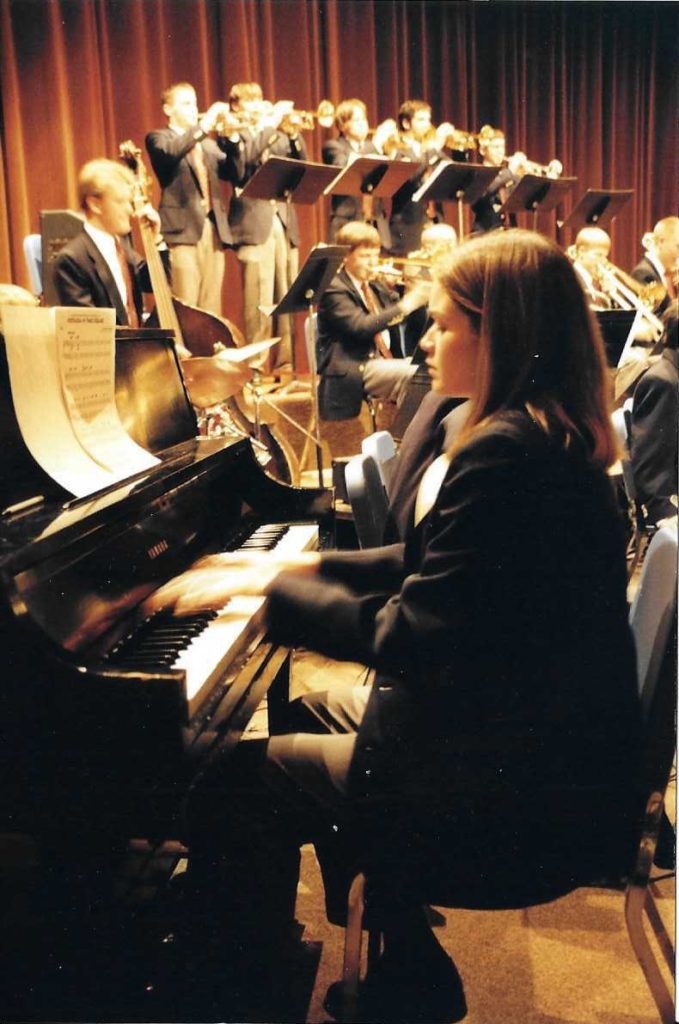
Why are the 1970s a favorite design period of yours?
Well, I love glitter and consider acid yellow a neutral. And if it is chrome, Lucite, or a well-worn De Sede Terrazza sofa, I am like a moth to the flame. What really attracts me to the 1970s is that people were taking chances. Was it always chic, tasteful, and timeless? Absolutely not! But it was bold and playful in a way that most design today is not. I’m so tired of the idea of the idea of “timelessness” in design, because I think it is generally interpreted as the safest, least offensive option that “goes with everything.” Can greige just go away, please?
Rather than worrying about trends and whether or not something will be “in” in five, 10, or 20 years—or even if it is “in” right now—I really wish designers would be more fearless and less chained to what they see online and in the magazines and more open to things that they have an immediate and visceral response to. Doing so would make for more authentic and inspiring design.
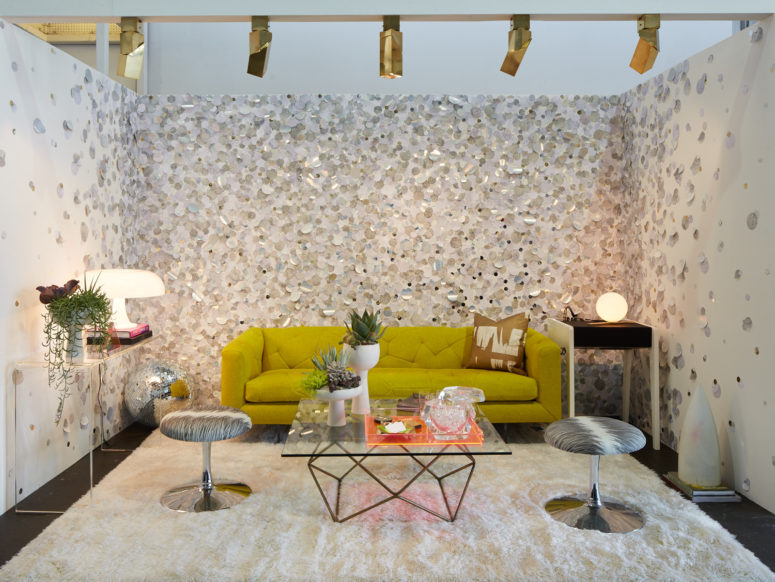
The Make Room. A collaboration with artists, Ealish Wilson and Lilith Rockett. Photo credit: Bruce Damonte.
What did you find on your recent trip to Morocco? I gather it was more than a lantern and a few leather poufs.
My husband, Bruce, and I traveled to Morocco with four friends, most of whom work in design. One of our friends had a connection to a rug vendor with the best rugs we saw in Marrakech. After we spent six (!!!!) hours rug shopping and I had selected five vintage rugs in juicy colors that I just couldn’t go home without, the shop owner asked us if we were interested in vintage furniture, because he knew a dealer with a collection we may be interested in.
After days of seeing endless rows of poufs, tagines, and lanterns, we couldn’t get there fast enough. It was easily the most mind-blowing trove of vintage Italian and French furniture I have ever seen. I couldn’t say no to a set of Pierre Paulin-ish chairs; a tubular chrome dining table; a massive tiered burlwood coffee table; and a bunch of rattan screens that, while a little more “Golden Girls” than I tend to go for, I plan to finish with mirror behind and install above a bed or along the walls of a dining room. Writing this makes me realize I have a serious weakness for buying furniture I don’t necessarily have a home for (though, would I be a designer if I didn’t?)!
All of these finds fit the holy grail of what I seek when I travel, and really also in life: unique, not easily found, true to my personal style, and, most importantly, evocative of faraway destinations I never imagined as a kid. It’s a big, bright world out there, and I want to see it all.
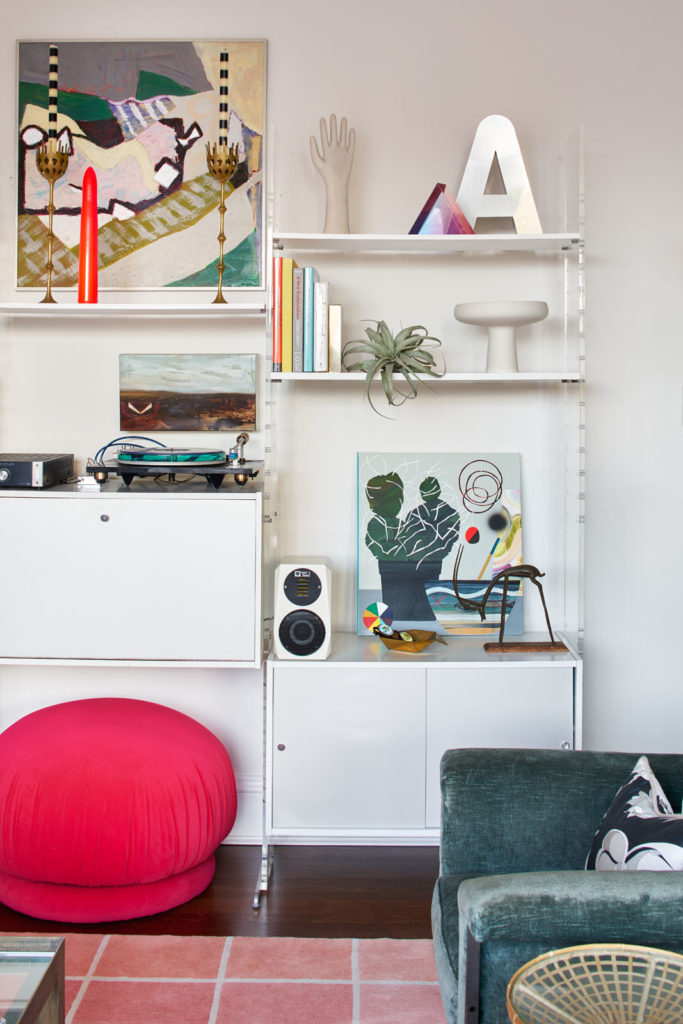
Design Lab. Photo credit: Bruce Damonte
For more information: www.alisondamonte.com